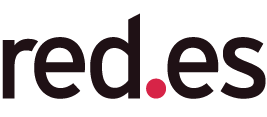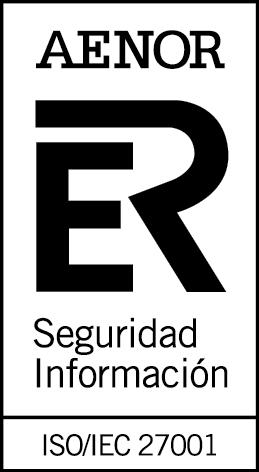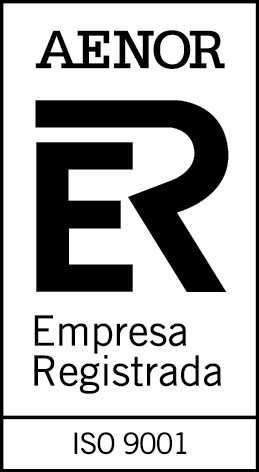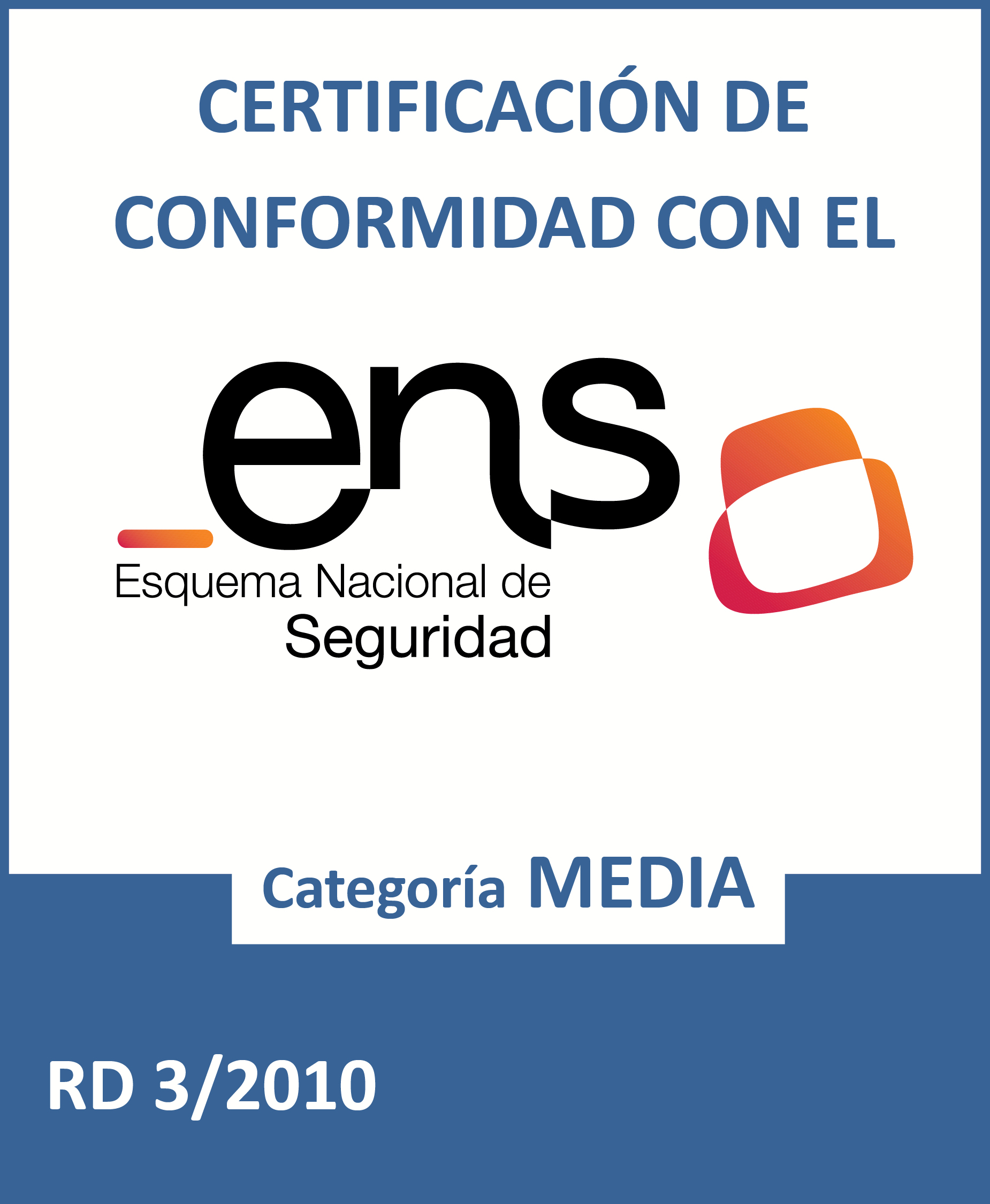Emerging Technologies and Open Data: Predictive Analytics
Fecha del documento: 25-02-2021
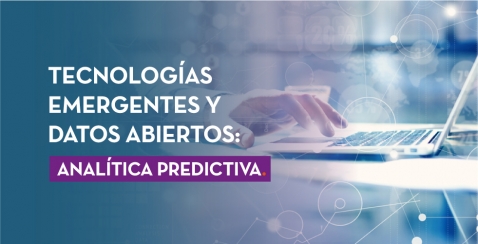
In order to extract the full value of data, it is necessary to classify, filter and cross-reference it through analytics processes that help us draw conclusions, turning data into information and knowledge. Traditionally, data analytics is divided into 3 categories:
- Descriptive analytics, which helps us to understand the current situation, what has happened to get there and why it has happened.
- Predictive analytics, which aims to anticipate relevant events. In other words, it tells us what is going to happen so that a human being can make a decision.
- Prescriptive analytics, which provides information on the best decisions based on a series of future scenarios. In other words, it tells us what to do.
The third report in the "Awareness, Inspire, Action" series focuses on the second stage, Predictive Analytics. It follows the same methodology as the two previous reports on Artificial Intelligence and Natural Language Processing.
Predictive analytics allows us to answer business questions such as: Will we suffer a stockout, will the price of a certain share fall, or will more tourists visit us in the future? Based on this information, companies can define their business strategy, and public bodies can develop policies that respond to the needs of citizens.
After a brief introduction that contextualises the subject matter and explains the methodology, the report, written by Alejandro Alija, is developed as follows:
- Awareness. The Awareness section explains the key concepts, highlighting the three attributes of predictive analytics: the emphasis on prediction, the business relevance of the resulting knowledge and its trend towards democratisation to extend its use beyond specialist users and data scientists. This section also mentions the mathematical models it makes use of and details some of its most important milestones throughout history, such as the Kyoto protocol or its usefulness in detecting customer leakage.
- Inspire. The Inspire section analyses some of the most relevant use cases of predictive analytics today in three very different sectors. It starts with the industrial sector, explaining how predictive maintenance and anomaly detection works. It continues with examples relating to price and demand prediction, in the distribution chain of a supermarket and in the energy sector. Finally, it ends with the health sector and augmented medical imaging diagnostics.
- Action. In the Action section, a concrete use case is developed in a practical way, using real data and technological tools. In this case, the selected dataset is traffic accidents in the city of Madrid, published by the Madrid City Council. Through the methodology shown in the following figure, it is explained in a simple way how to use time series analysis techniques to model and predict the number of accidents in future months.

The report ends with the Last stop section, where courses, books and articles of interest are compiled for those users who want to continue advancing in the subject.
In this video, the author tells you more about the report and predictive analytics (only available in Spanish).
Below, you can download the full report in pdf and word (reusable version), as well as access the code used in the Action example at this link.







